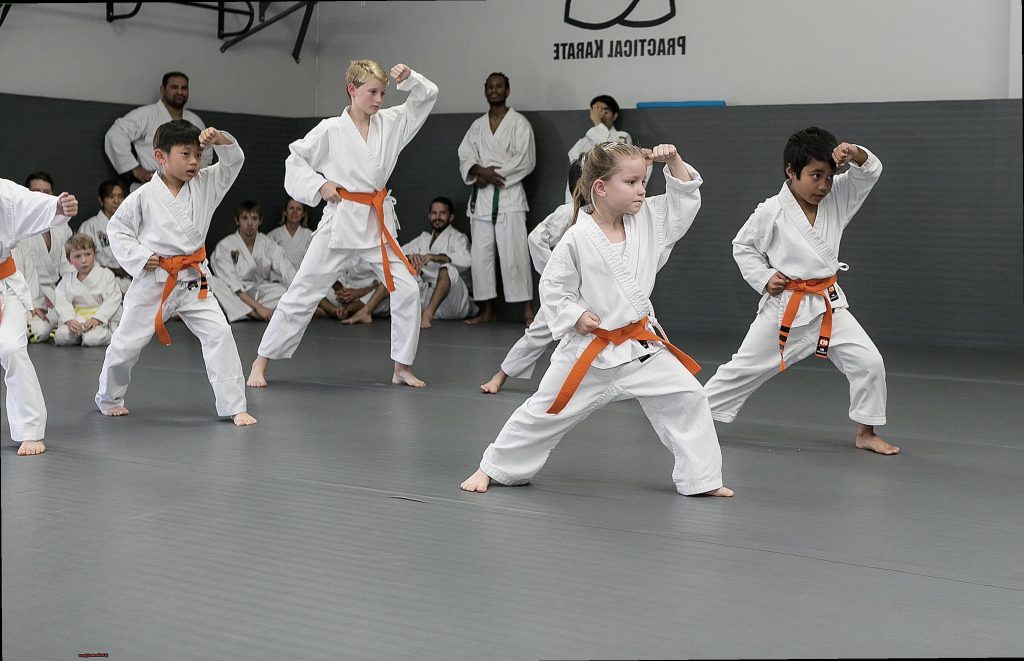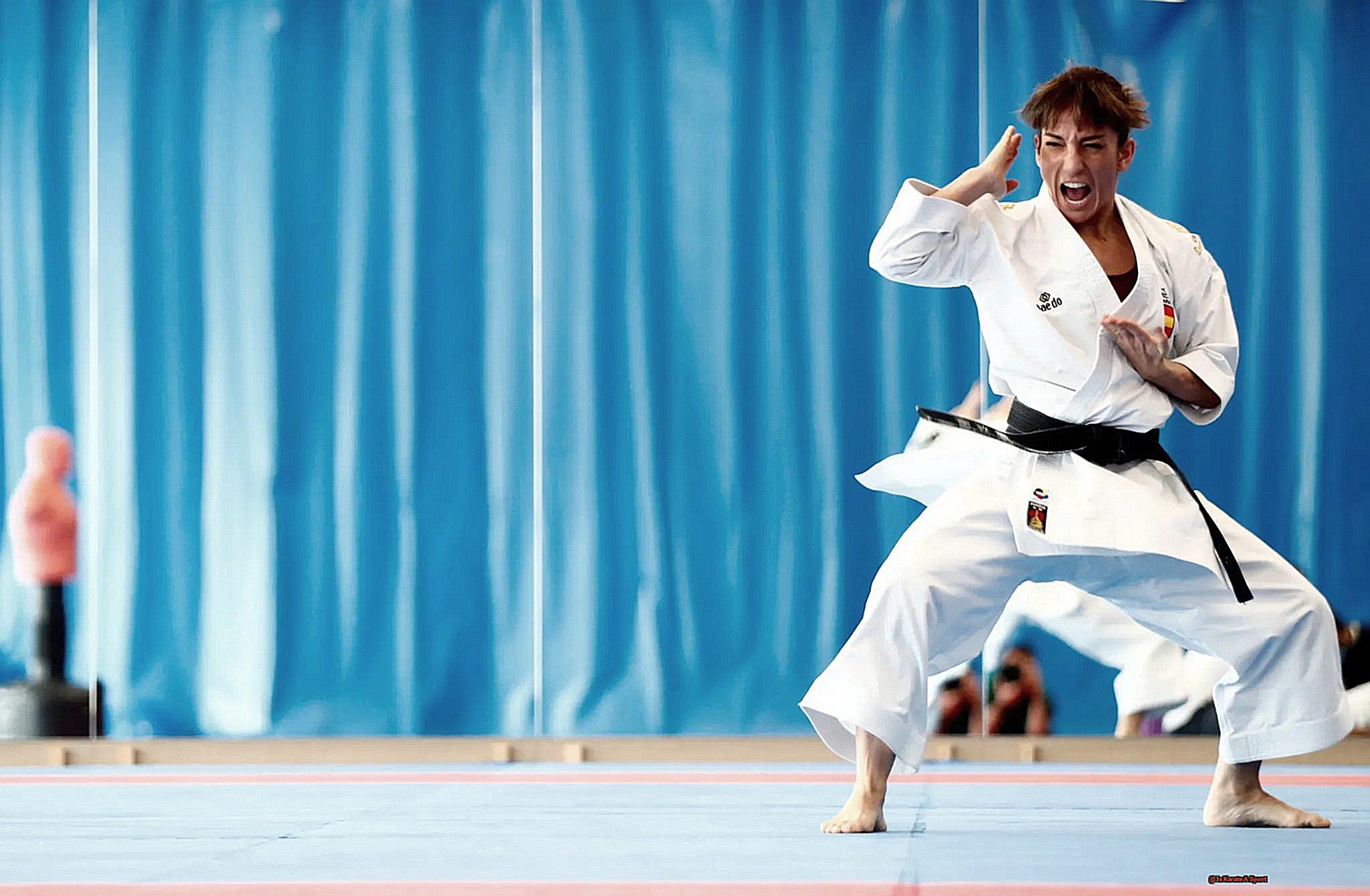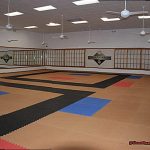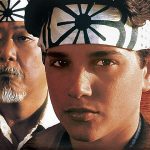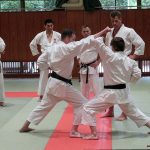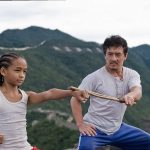Karate – a centuries-old martial art that blends physical prowess, mental fortitude, and strict discipline. Its roots trace back to ancient Japan, but in today’s modern world, the question lingers – is karate truly a sport? While some argue that it is solely an artistic expression, others assert that it meets all the criteria of a competitive sport. So where does karate truly belong? Let’s delve into this debate and explore the various perspectives.
On one hand, karate requires rigorous physical training, similar to other sports such as boxing or wrestling. Athletes must possess strength, speed, and agility to execute precise strikes and blocks. Additionally, they compete against each other in tournaments to showcase their skills and techniques.
However, unlike traditional sports that focus solely on physical abilities, karate also places great emphasis on spiritual and philosophical elements such as self-discipline and respect. These values are deeply ingrained in its practice and are considered essential for personal growth.
With these contrasting aspects in mind, some may argue that karate leans more towards being an art form rather than a sport. After all, it is rooted in ancient traditions and has a strong emphasis on self-improvement rather than winning competitions.
So which side holds more weight? Is karate simply a means of self-defense or can it be classified as a competitive sport? Join me as we dissect this topic and uncover the true nature of karate – whether it belongs in the realm of sports or retains its status as an art form.
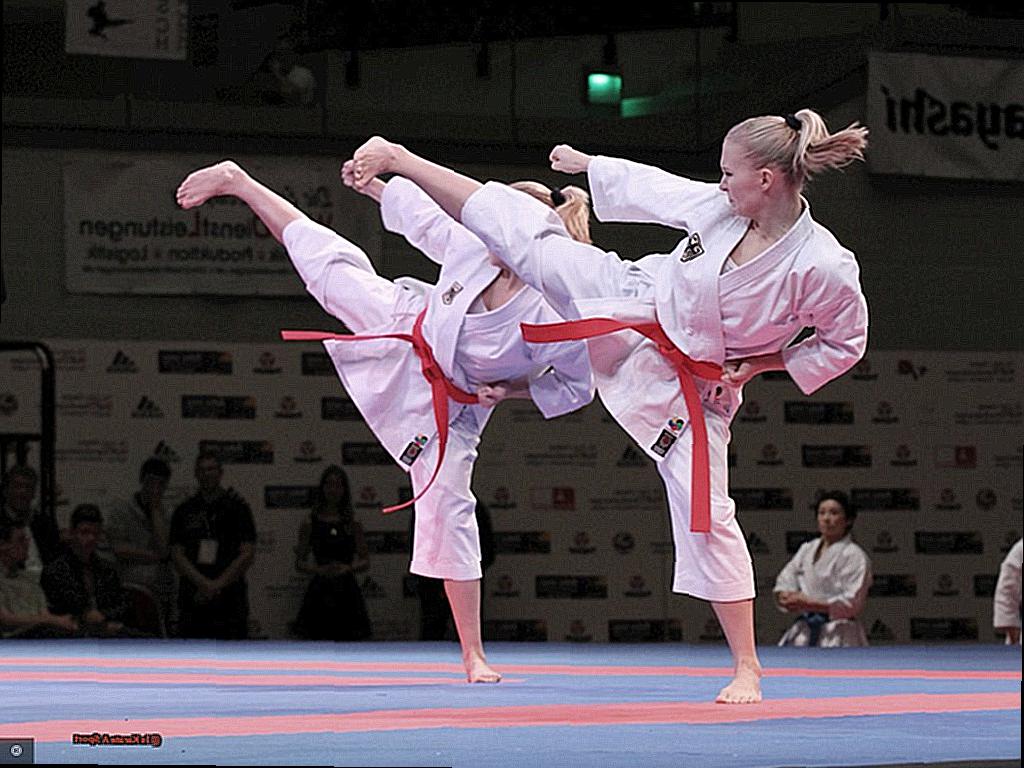
Is Karate A Sport?
According to the definition, a sport entails the use of physical effort, mastery, and rivalry for amusement.
Furthermore, it is governed by strict regulations, has its own sanctioning bodies and global institutions, and is officially recognized as an Olympic discipline.
The Evolution of Karate into a Competitive Sport
The transformation of karate from a traditional martial art to a competitive sport has been a gradual yet notable process. This evolution can be attributed to various factors, including societal changes, technological advancements, and the efforts of karate masters and practitioners to promote the art worldwide.
The Evolution of Karate into a Competitive Sport:
| Traditional Martial Art: | Competitive Sport: | |
| Focus: | Emphasis on self-defense and personal development | Emphasis on physical fitness and competition |
| Training: | Slow and methodical, with an emphasis on technique and form | More intense and focused on building strength, speed, and agility |
| Rules: | Loosely defined and varied among different schools or styles | Strictly defined and enforced by governing bodies |
| Attire: | Simplistic and functional, reflecting the traditional roots of karate | Uniforms designed for maximum movement and visual appeal in competitions |
| Audience: | Limited to practitioners and those interested in traditional martial arts | Opened up to a wider audience as a spectator sport with global recognition |
| Promotion: | Mainly through word of mouth and local demonstrations | Marketing efforts through media coverage, tournaments, and social media platforms |
As shown in the table above, the evolution of karate into a competitive sport has brought about significant changes in its focus, training methods, rules, attire, audience, and promotion. These changes have allowed karate to expand its reach and gain recognition as a legitimate sport.
One of the key factors in the evolution of karate into a competitive sport is the advancements in technology. In the past, the practice of karate was limited to specific regions and communities. However, with the rise of technology, it has become easier to promote and spread the art globally. The internet, social media, and video platforms have allowed practitioners to showcase their skills and techniques to a larger audience, resulting in an increase in interest and participation in karate as a competitive sport.
Another significant factor in this evolution is the efforts of karate masters and practitioners to promote the art on a global scale. With increased exposure and recognition, karate has gained acceptance as a legitimate sport by international organizations such as the World Karate Federation (WKF) and has even become an Olympic event.
This recognition has led to the standardization of rules, training methods, and attire, making it easier for karate to be practiced and competed on a global level.
Defining a Sport: Is Karate Included?
According to traditional definitions and standards, it certainly is. While it may have roots in traditional martial arts, karate has transformed into a highly competitive sport with its own set of rules and regulations. This has been acknowledged by numerous international organizations, including the esteemed International Olympic Committee.
But what exactly makes karate a sport? By definition, any physical activity that involves competition and follows specific rules and regulations can be classified as a sport. And karate fits these criteria perfectly. It requires physical exertion, has a competitive aspect, and follows strict rules.
Additionally, karate has earned its place in the list of sports recognized by the International Olympic Committee, solidifying its status as a legitimate sport. This recognition also reinforces the fact that karate meets all the necessary standards to be considered a sport.
What are these standards? Apart from the traditional definition of a sport, there are certain criteria that must be met for a sport to be deemed legitimate. These include having a governing body, adhering to anti-doping regulations, and holding an established world championship. Karate checks all these boxes with its recognized governing body, the World Karate Federation (WKF), which oversees international competitions and sets the rules for the sport.
The WKF also prioritizes fair competition by strictly adhering to anti-doping regulations. Additionally, there is an established world championship for karate, known as the Karate World Championships, organized by the WKF.
In conclusion, karate is undoubtedly a sport according to traditional definitions and standards. It has evolved from its traditional roots into a highly competitive and legitimate sport recognized by prestigious international organizations.
Physical Demands and Training in Karate
Physical Demands and Training in Karate are essential to develop a well-rounded athlete with the ability to perform at the highest level. This unique sport requires a balance of physical and mental abilities, including strength, speed, endurance, flexibility, agility, balance, coordination, and mental focus. Athletes must consistently push their physical limits to excel in karate, as it involves a wide range of techniques and movements that demand a high level of physical and mental strength.
Karate training involves various techniques and exercises that cater to different physical demands. To perform powerful punches, kicks, and other techniques with intensity, athletes must undergo weightlifting and resistance training. Additionally, stretching exercises and dynamic movements are crucial for executing techniques with precision and ease. Speed drills and reaction training are also essential for effective offense and defense strategies.
Cardiovascular endurance is another critical aspect of Karate training. To maintain a high energy level during training and competitions, athletes must engage in high-intensity interval training (HIIT) and long-distance running. This helps in building stamina and improving overall performance. Along with endurance, balance and coordination are also vital for performing techniques without losing balance or control. Therefore, balance exercises and coordination drills are incorporated into training regimens.
Swift footwork is crucial in Karate, as it helps athletes improve agility, speed, and footwork for better execution of techniques. Agility drills and footwork exercises are used to target these specific skills. Mental focus and concentration are also essential for optimal performance in Karate. Athletes engage in meditation, visualization, and mental conditioning exercises to develop mental fortitude, focus, and concentration.
Injury prevention is a key component of Karate training. Conditioning exercises and proper technique practice help reduce the risk of strains or sprains during training and competitions. This ensures that athletes can continue pushing their limits without setbacks.
To excel in Karate, athletes must have a comprehensive training regimen that targets all the physical demands and training techniques mentioned above.
Governing Bodies and Regulations in Karate Competitions
Karate competitions are governed by several major organizations, including the World Karate Federation (WKF), Japan Karate Association (JKA), International Traditional Karate Federation (ITKF), International Kenpo Karate Association (IKKA), and World Union of Karate-do Federations (WUKF). These governing bodies play a vital role in setting standards, regulations, and guidelines for competitions, promoting the growth and development of karate as both a sport and a martial art. They also organize prestigious international events, providing top-level athletes with valuable opportunities to showcase their skills and compete at the highest level.
As a practitioner of karate for over 20 years, I have witnessed firsthand the impact these governing bodies have on the sport. Growing up, I always dreamt of one day competing on the international stage, and thanks to these organizations, that dream became a reality. Through their dedication and hard work, they have elevated karate to new heights, making it a highly respected and competitive sport worldwide.
The World Karate Federation (WKF) is one such organization that has played a significant role in the evolution of karate. Founded in 1990, it has been instrumental in standardizing competition rules and regulations on a global level. As a result, karate competitions are now more consistent and fair across all participating countries. This not only benefits athletes but also ensures that the sport continues to grow and attract new competitors.
The Japan Karate Association (JKA) is another governing body with a rich history in the world of karate. Established in 1949, it is one of the oldest and most respected organizations, known for its strict adherence to traditional karate techniques and values. It has produced some of the most skilled karate practitioners in the world, including my own sensei who instilled in me the discipline and determination needed to succeed in this demanding sport.
In conclusion, these governing bodies and regulations in karate competitions have been crucial in shaping the sport into what it is today. They continue to play a vital role in ensuring fair and competitive events, promoting the growth and development of karate, and providing athletes with valuable opportunities to showcase their skills on a global stage.
Scoring System in Karate Tournaments
In karate competitions, points are granted for specific moves that land on the opponent’s body in designated scoring regions. The scoring system is designed to incentivize efficient and clean techniques, while discouraging dangerous or ineffective ones.
There are three types of points that can be earned in a karate tournament: Yuko, Wazari, and Ippon. Each type of point corresponds to a specific technique and designated scoring region.
| Point Type | Technique | Scoring Area |
| Yuko | Straight punch | Body or head |
| Wazari | Middle kick | Body (not with knee) |
| Ippon | High kick or takedown with follow-up technique | Head or body (with follow-up technique) |
It is vital for competitors to be well-versed in the designated scoring regions in order to effectively score points and avoid penalties. These regions may vary slightly depending on the organization or tournament regulations, but generally include the head, chest, and abdomen.
Aside from earning points for successful techniques, competitors can also receive penalties for certain actions. For instance, excessive contact or using prohibited techniques can result in a penalty. Accumulating too many penalties can lead to disqualification from the tournament.
Ultimately, the scoring system in karate tournaments motivates athletes to use efficient and clean techniques while also promoting safety and fair play.
Life Lessons Learned from Practicing Karate
By practicing karate, one can learn valuable life lessons such as dedication, selflessness, guidance, self-control, perseverance, and the significance of setbacks in personal development. These lessons are not limited to the martial art itself but can be applied to all areas of life.
Karate teaches us commitment by requiring consistent training and dedication to mastering the techniques. It also instills sacrifice as one must give up personal desires in order to prioritize training. In addition, leadership skills are developed through leading and guiding others in the practice.
Discipline is a fundamental aspect of karate, where one must follow strict rules and adhere to a strict code of conduct both inside and outside the dojo. This discipline translates into other areas of life such as work, relationships, and personal goals.
Resilience is another key lesson learned from karate. Through facing challenges and overcoming obstacles in training and competitions, practitioners learn to bounce back from failures and continue to strive for improvement.
Perhaps one of the most important lessons that can be learned from karate is the value of failure. In this martial art, one is constantly faced with defeat and mistakes but learns to use them as opportunities for growth and improvement.
So, practicing karate offers more than just physical exercise and self-defense skills. It provides valuable life lessons that can shape individuals into better versions of themselves. As Bruce Lee famously said, “The successful warrior is the average man, with laser-like focus.”
Conclusion
In conclusion, the debate surrounding whether karate should be considered a sport or an art form has been ongoing for decades.
However, upon closer examination of different perspectives and factors, it becomes clear that karate has evolved into a highly competitive and legitimate sport. Its demanding physical requirements, strict regulations, and recognition by international organizations and the Olympic Committee all solidify its status as a sport.
But beyond its athletic nature, practicing karate also offers valuable life lessons such as discipline, resilience, and the value of failure in personal growth.

